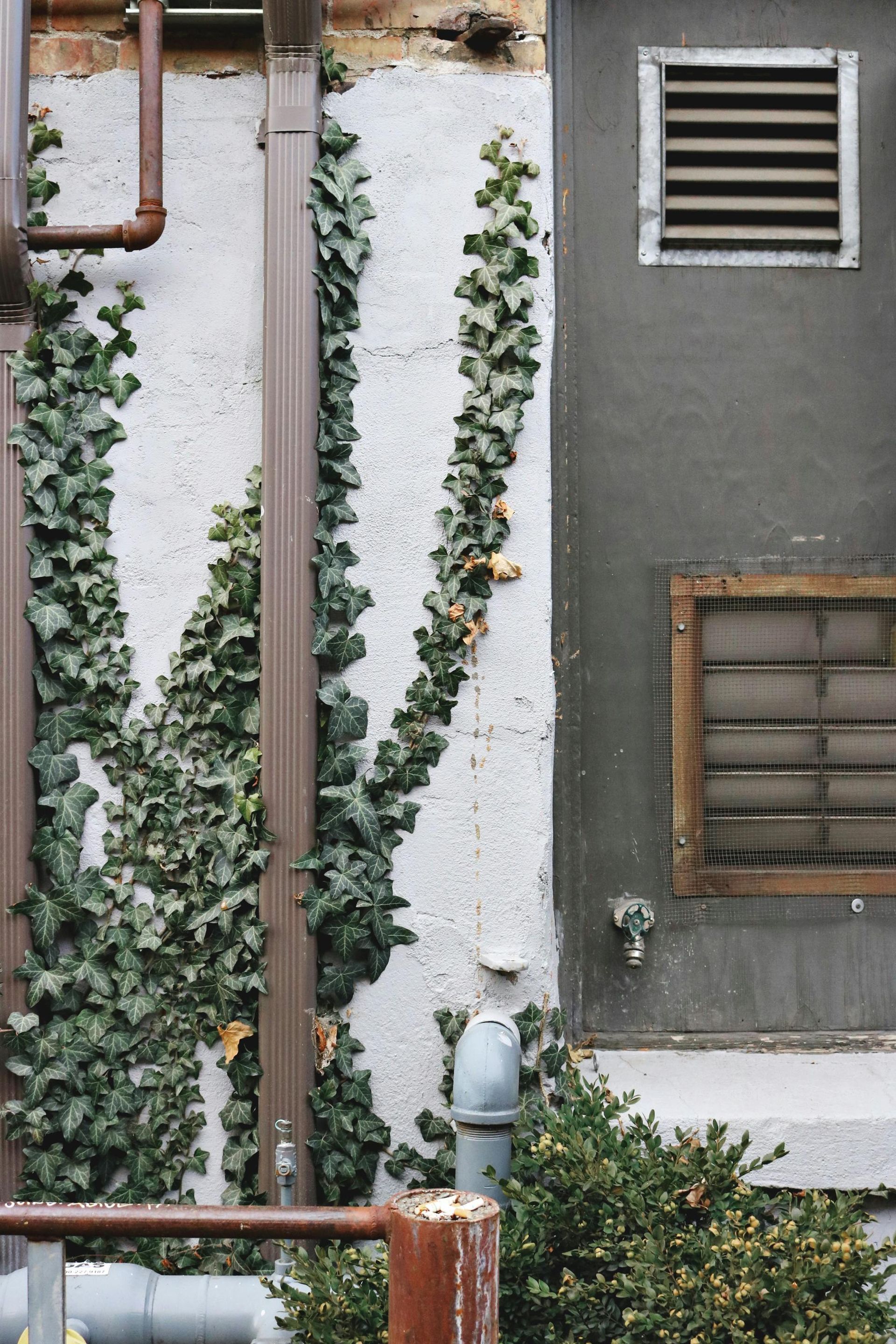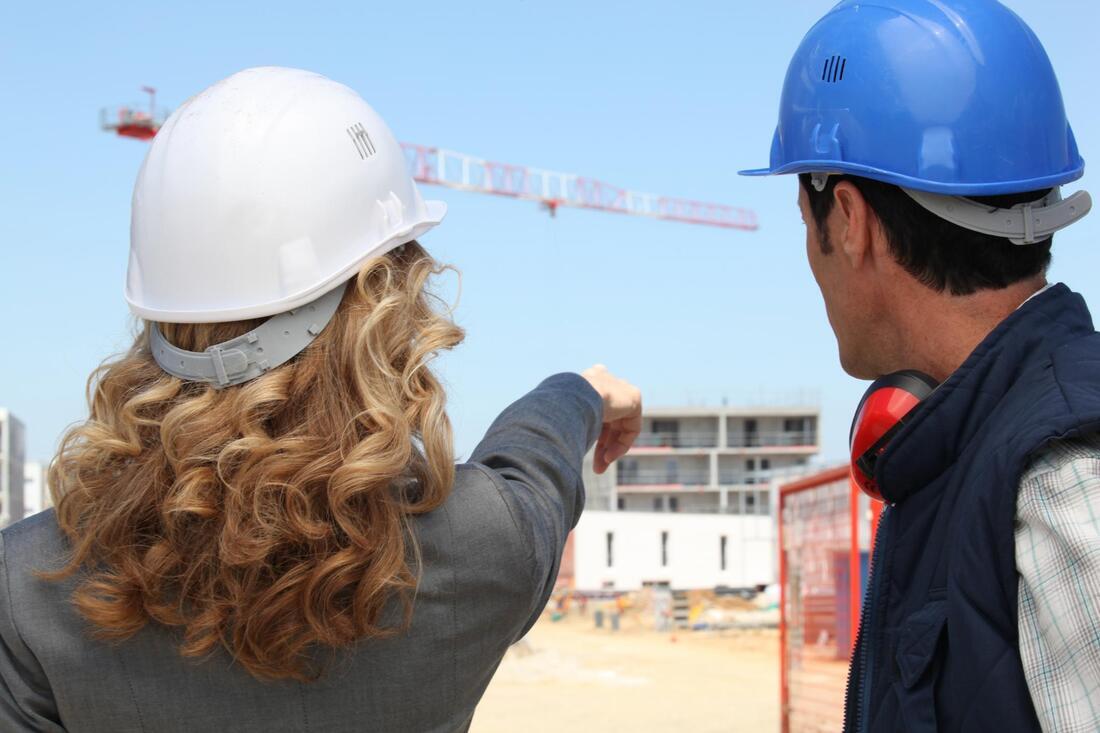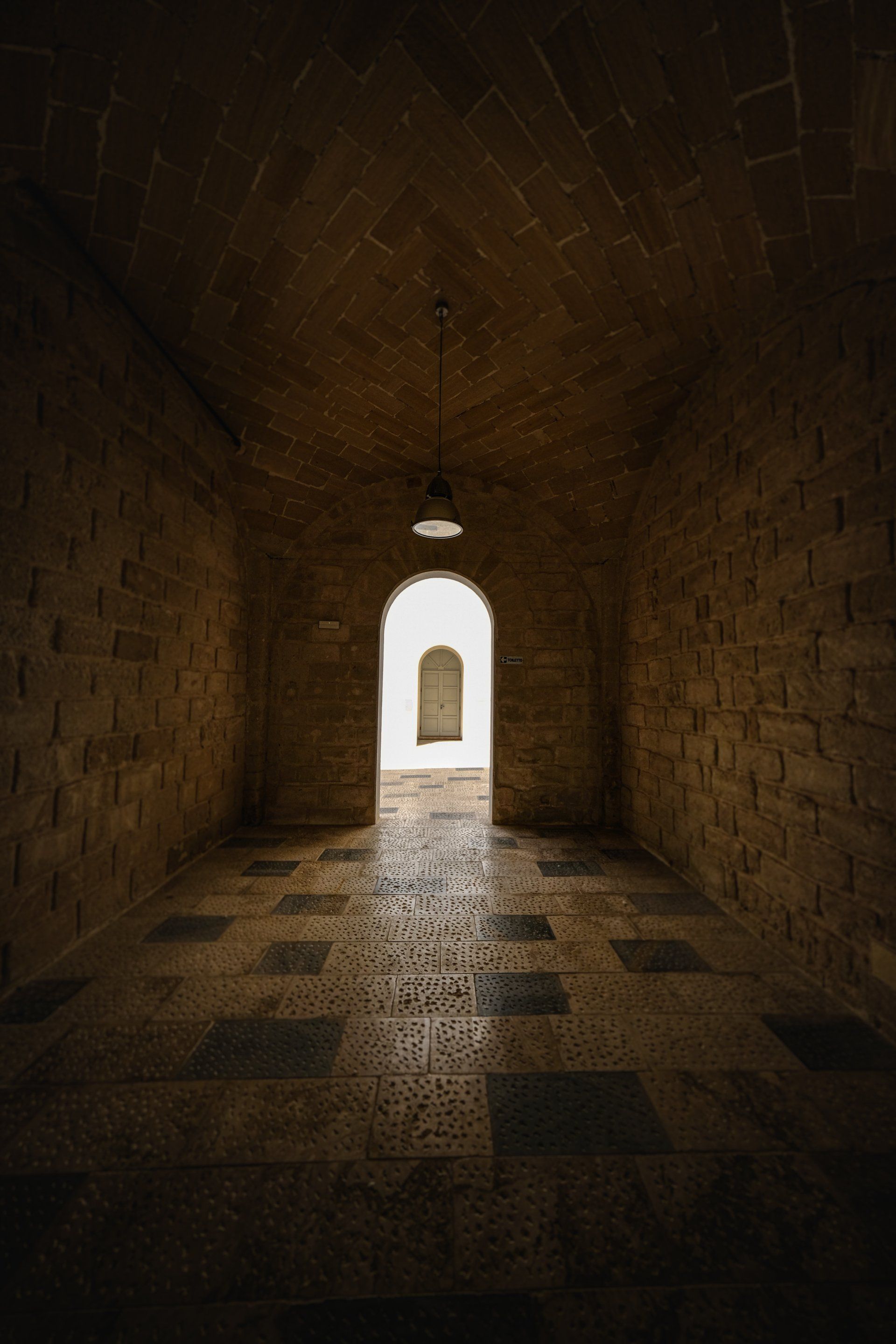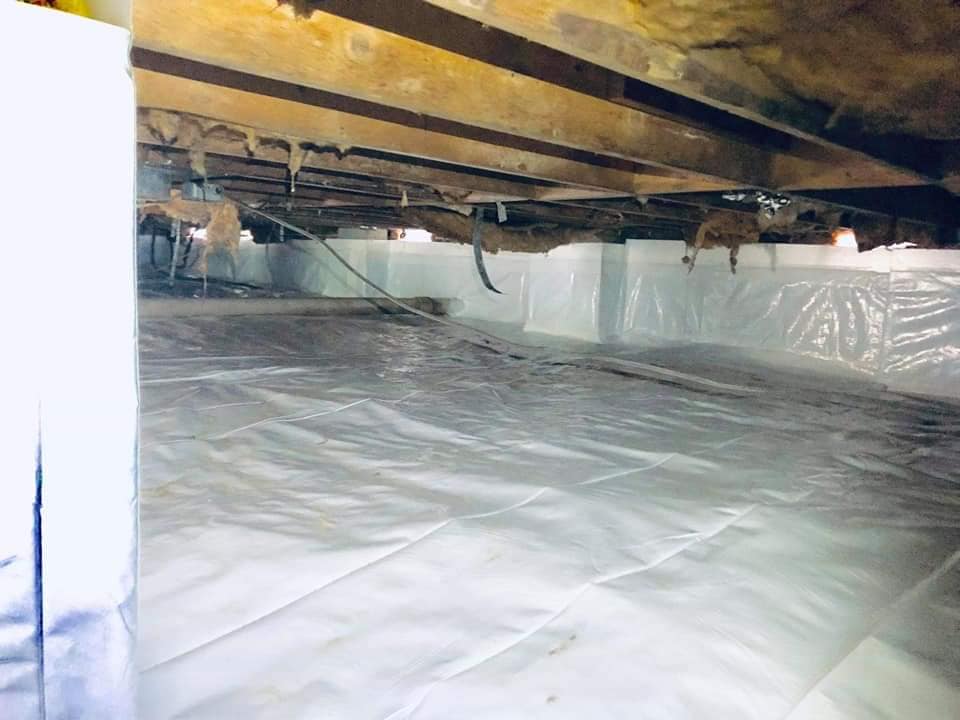French Drains Explained: A Simple Solution to a Big Problem
How French Drains Can Prevent Water Damage and Ensure a Dry Basement
Water drainage issues can be a serious concern for homeowners. Whether you're dealing with a soggy lawn, a flooded basement, or foundation problems, excess water is a threat to your home’s structural integrity. Luckily, there’s a time-tested solution: the French drain. In this guide, we’ll explain what a French drain is, how it works, and why it might be the right solution for your home’s water management problems. We’ll also cover various installation options, maintenance, and when to call for plumbing service.

What is a French Drain?
A French drain is a simple yet effective drainage system designed to redirect water away from problem areas. It consists of a sloped trench filled with gravel and a drainage pipe that collects and redirects groundwater or surface water. By guiding water away from vulnerable areas, a French drain can prevent issues like flooding, erosion, and damage to your foundation or basement.
Why French Drains Are Essential for Your Home
One of the main benefits of a French drain is its ability to protect your property from water damage. If you've noticed pooling water around your home or basement leaks during heavy rain, it may be time to consider a French drain system. Excess water around your home can lead to a variety of problems, including:
- Foundation Damage: Over time, water can seep into the ground around your home and cause your foundation to weaken.
- Basement Flooding: If your basement isn't properly waterproofed, water can easily find its way in, leading to a wet and potentially moldy space.
- Erosion and Landscaping Issues: Poor drainage can lead to soil erosion, which affects the stability of your landscaping and the health of your plants.
Understanding Different Types of French Drains
French drains come in several varieties, each suited for different drainage issues. Choosing the right one for your situation is key to ensuring its effectiveness.
1. Exterior French Drain Around House
This is the most common type of French drain system. Installed around the perimeter of your house, it collects and redirects water away from the foundation. An exterior French drain can help protect against basement flooding and soil erosion, keeping your home safe and dry.
2. French Drain Inside Basement
For homes that already experience water problems in the basement, a French drain inside the basement can be the solution. This system involves cutting into the basement floor and installing a drainage pipe to collect water and direct it to a sump pump, which removes the water from your home. A french drain basement setup can significantly reduce the risk of flooding and water damage.
3. Surface French Drains
These systems are installed just below the surface to catch and divert surface water, such as rainwater, from pooling in low areas of your yard. Surface French drains are ideal for managing water on properties that have uneven terrain or frequent rainstorms.
French Drain Installation: A Step-by-Step Guide
Installing a French drain requires careful planning and execution to ensure proper water flow and long-lasting results. Here’s a step-by-step breakdown of the french drain installation process:
Step 1: Planning the Drainage Path
Before you begin digging, it's essential to plan where the water will be diverted. Identify the areas that need protection, such as your foundation or basement, and choose a safe location to direct the water, like a storm drain or lower area of your property.
Step 2: Digging the Trench
The next step is to dig a trench that slopes slightly downward, allowing gravity to move the water through the system. The trench should be deep enough to accommodate the drainage pipe and a layer of gravel, typically about 6-12 inches deep.
Step 3: Laying the Gravel and Drainage Pipe
Once the trench is dug, lay a base layer of gravel before installing the french drain pipe. The drainage pipe should be perforated to allow water to enter and flow through the system. Cover the pipe with more gravel to help filter debris and keep the water flowing smoothly.
Step 4: Backfilling the Trench
After the pipe is in place, you can backfill the trench with soil or sod. Some homeowners prefer to add landscaping fabric to prevent soil from clogging the pipe over time.
Hiring a Plumbing Service for Installation
While installing a French drain yourself is possible, many homeowners prefer to hire a professional plumbing service to ensure proper installation. Experienced contractors can evaluate your property’s drainage needs and install the right system to protect your home from water damage. Additionally, reliable plumbing professionals can provide drain repairs if your French drain system starts to malfunction over time.
When searching for french drain installation near me, it’s important to choose a company that offers quality service at a reasonable price. Some companies even offer plumbing payment plans, making it easier to afford large projects like French drain installation. Be sure to ask about guarantees and warranties on labor and materials before starting the project.
Maintenance and Repair of French Drains
Even the best-installed French drains require occasional maintenance. Over time, debris like soil, leaves, and gravel can clog the pipes and drains, reducing their effectiveness. Here are some tips for maintaining your French drain:
- Clear debris regularly: Check the drain outlets for any debris buildup, especially after heavy rain.
- Flush the system: Periodically flushing the drain with a garden hose can help dislodge small blockages.
- Inspect for damage: If your drain is not working as it should, it could be due to a damaged pipe or a clogged drainage pipe. In this case, you may need to call a professional for french drain repair.
Neglecting your French drain’s maintenance can lead to more serious plumbing and services costs in the future, including foundation damage or basement flooding.
Signs That You Need a French Drain Service
If you’re noticing any of the following signs, it may be time to call for french drain service:
- Persistent water pooling in your yard, especially after rain
- Water seeping into your basement or crawl space
- Cracks in your foundation or visible signs of erosion around your home
- Waterlogged landscaping that doesn't drain properly
- Addressing these issues sooner rather than later can save you from more extensive and expensive repairs down the road.
Cost of French Drain Installation
The cost of a French drain system varies depending on factors like the size of your property, the extent of the water problem, and the type of system you need. On average, french drain installation can range from a few thousand dollars for a basic system to over $10,000 for more extensive drainage work. It’s always a good idea to get multiple quotes from local contractors before starting your project.
Many homeowners are surprised to find that plumbing and services companies offer affordable solutions with plumbing payment plans, helping you manage the cost of your project over time.
Conclusion
A French drain is one of the most effective ways to protect your home from water damage. Whether you’re dealing with a french drain basement issue or want to install a french drain around house to prevent erosion and foundation damage, this drainage solution can save you thousands in repairs and keep your home safe.
If you're unsure where to start or need help with french drain installation near me, consider consulting a
professional plumbing service for expert advice and reliable installation. With proper planning, installation, and maintenance, your French drain system will provide long-lasting protection against water damage.



